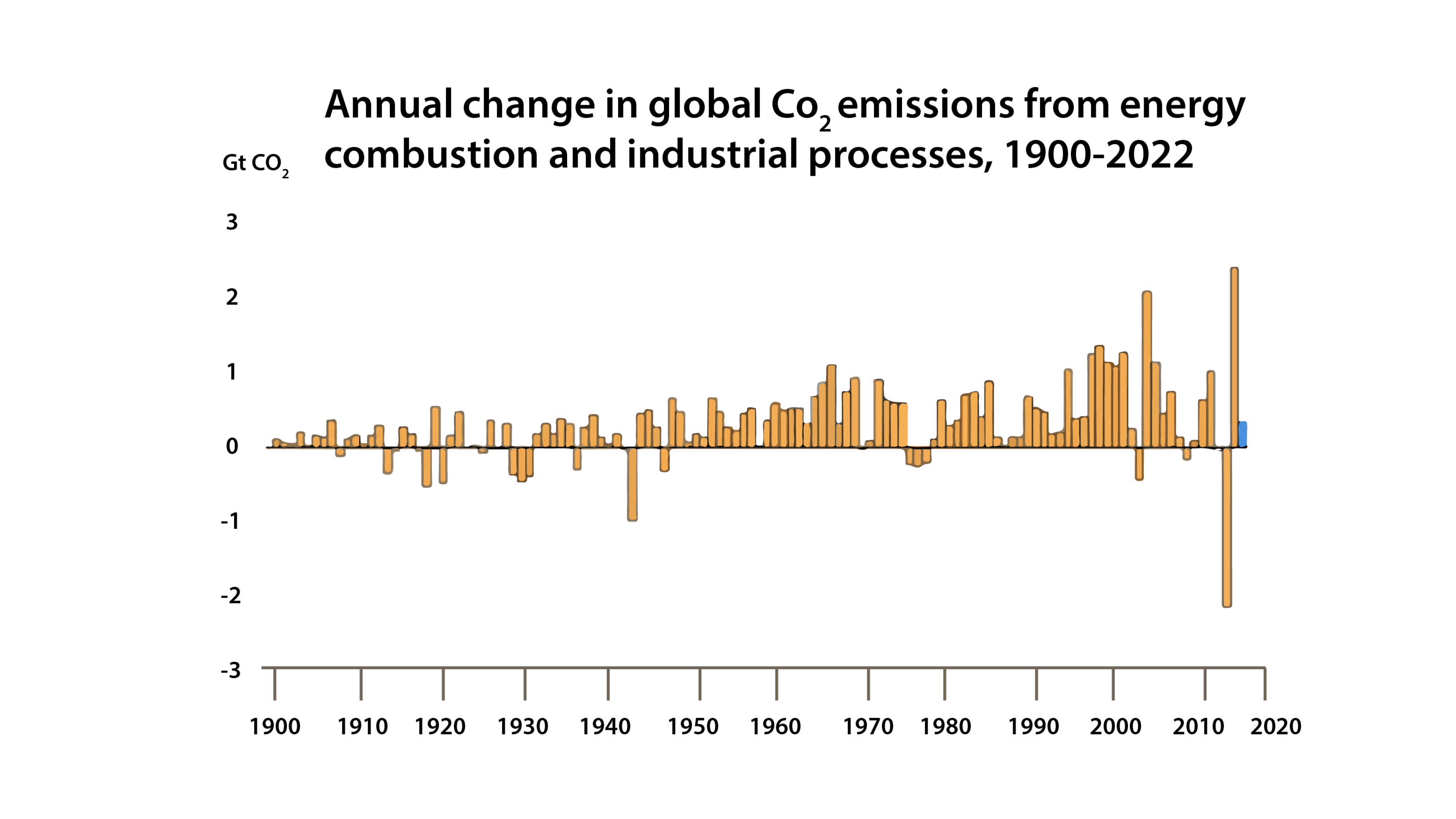Balancing Act: India's Innovative Carbon Capture Policy and GAS LAB's Pioneering Role in Sustainable Coal Utilization
Navigating the Carbon Dilemma
As nations grapple with the pressing need to slash carbon emissions, global CO2 levels continue to rise, charting an upward trajectory. In 2022 alone, global emissions from fossil fuels rose by 1%, signaling a persistent challenge amid collective climate goals (1). Against this backdrop, India stands at a pivotal crossroads, tasked with fueling its economic growth while curtailing its carbon footprint. The conundrum is underscored by India's commitment to a sustainable trajectory, as articulated in its Nationally Determined Contributions (NDCs) under the Paris Agreement, aiming for a substantial reduction in emissions intensity by 2030 (2).

India's Groundbreaking Carbon Capture Policy
Amidst mounting environmental concerns, India is set to unveil a comprehensive carbon capture policy later this year. This pioneering initiative aims to catalyze the adoption of carbon capture, utilization, and storage (CCUS) technologies, providing a framework of incentives for industries to capture, recycle, and securely store CO2 emissions.
Targeting the power sector, which generates 42% of India's total emissions (5), the policy ambitiously estimates that up to 70% of these emissions could be mitigated through effective carbon capture strategies (6). This pragmatic approach aligns with India's Paris Agreement targets while leveraging its coal resources sustainably (3).

Key Policy Components
The policy aims to establish a comprehensive CCUS framework, including:
● Regulations mandating or encouraging CO2 capture from large emitters.
● Technical standards and best practices for CCUS implementation.
● Financial incentives such as tax breaks, grants, subsidies, and concessional financing.
● A carbon credit system rewarding companies for capturing and storing CO2.
Promoting Coal Gasification
Parallel to the CCUS policy, the Indian government is promoting coal gasification as a cleaner coal utilization method. This includes ₹85 billion ($1 billion) in subsidies for gasification projects and R&D support (4). By converting coal into syngas, a cleaner-burning fuel, coal gasification results in lower emissions compared to conventional coal-fired power generation.
The Power Sector's Role and CCUS Potential
India's power sector, relying heavily on coal, is the largest source of the country's greenhouse gas emissions. CCUS technologies have the potential to capture and recycle up to 70% of emissions from this sector (6), revolutionizing electricity production while aligning with climate goals.
Overcoming challenges related to costs, technological readiness, and CO2 storage infrastructure is crucial. Addressing these issues requires a concerted effort involving R&D investments, pilot projects, and supportive policy frameworks.
GAS LAB's Pioneering CCUS Technologies
At the forefront of India's CCUS landscape, GAS LAB stands as a beacon of innovation and expertise. Their cutting-edge technologies achieve up to 90% efficiency in capturing CO2 emissions.
GAS LAB's modular and scalable CCUS systems allow flexible integration with existing infrastructure, accelerating emission reduction efforts. As India's carbon capture policy unfolds, GAS LAB aims to partner with power sector entities and industries to implement CCUS solutions at scale, playing a pivotal role in achieving the nation's ambitious emission reduction goals.
Coal Gasification and GAS LAB's Contribution
GAS LAB's expertise extends to coal gasification, a process that converts coal into cleaner-burning syngas. By integrating CCUS technologies with coal gasification, GAS LAB enhances the environmental benefits, further reducing CO2 emissions.
Beyond technology solutions, GAS LAB actively shapes the conversation around coal gasification and CCUS, collaborating with industry and government stakeholders to drive the adoption of these critical technologies.
Opportunities and the Road Ahead
Despite challenges, the focus on CCUS and coal gasification opens up vast opportunities for India and companies like GAS LAB:
● Emerging as a global leader in clean energy technologies through innovation
● Stimulating economic growth and job creation in research, engineering, and environmental management
● Achieving significant environmental benefits and meeting climate commitments under the Paris Agreement
As India positions itself on the cusp of a clean energy revolution, the path forward requires collaboration among government, industry, academia, and civil society. GAS LAB's expertise positions it as a catalyst, shaping a future where economic growth and environmental stewardship co-exist harmoniously.
Through cutting-edge solutions, advocacy, and partnerships across sectors, GAS LAB is driving India's transition to a low-carbon economy. The company's role extends beyond technology provision, demonstrating leadership in the nation's clean energy transition.
The successful integration of CCUS and coal gasification technologies into India's energy and industrial sectors is imperative for meeting the nation's ambitious climate goals. This endeavor requires technological innovation coupled with a collaborative effort to create an ecosystem that fosters sustainable development.
India's clean energy vision hinges on collaboration between policymakers, industry leaders, and technology providers like GAS LAB. Overcoming technical and economic barriers can position India as a global leader in clean energy. GAS LAB, through its pioneering CCUS solutions and continuous R&D investment, is committed to driving sustainable development and innovation.